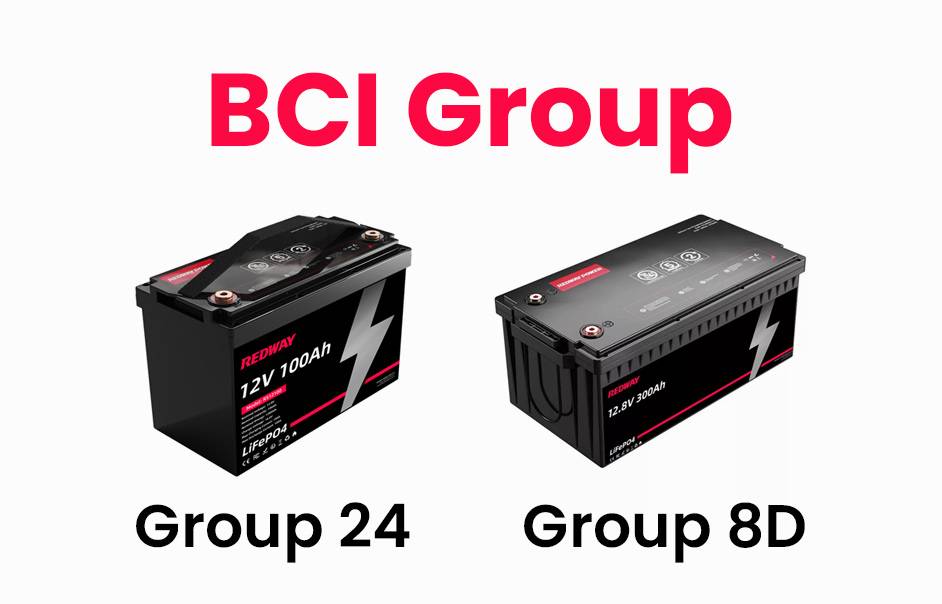
When it comes to selecting the right battery for your vehicle or application, understanding battery group sizes is essential. The Battery Council International (BCI) has established a standardized system for categorizing batteries based on their size, shape, and electrical characteristics. These group numbers, such as Group 24, 27, 31, etc., serve as a reference point for consumers and industry professionals alike.
What is a Battery Group Size?
A battery group size refers to a standardized classification system used to categorize batteries based on their physical dimensions and electrical properties. Each group size corresponds to a specific set of dimensions and specifications, making it easier for consumers to find the right battery for their vehicle or equipment.
BCI Group Numbers and Their Meanings
The BCI assigns a unique group number to each battery size category. These group numbers typically consist of two or three digits, such as Group 24, Group 27, Group 31, and so on. Each group number corresponds to a specific battery size and configuration.
Understanding Dimensional Specifications
Dimensional specifications play a crucial role in determining whether a battery will fit within the designated battery tray or compartment in a vehicle or equipment. These specifications include the length, width, and height of the battery, as well as the placement of terminal posts and other features.
Comparing Different Battery Group Sizes
Let's take a closer look at some commonly used battery group sizes:
- Group 24: This is one of the most common battery group sizes, often used in passenger vehicles and light trucks. It typically measures approximately 10.25 inches in length, 6.75 inches in width, and 9.25 inches in height.
- Group 27: Slightly larger than Group 24, Group 27 batteries are often used in larger vehicles with higher electrical demands, such as SUVs and RVs. They typically measure around 12.06 inches in length, 6.81 inches in width, and 8.94 inches in height.
- Group 31: This is a heavy-duty battery group size commonly used in commercial vehicles, marine applications, and industrial equipment. Group 31 batteries are larger and more robust, with dimensions of approximately 13 inches in length, 6.75 inches in width, and 9.44 inches in height.
Conclusion
In conclusion, understanding battery group sizes is essential for selecting the right battery for your vehicle or equipment. By familiarizing yourself with BCI group numbers and dimensional specifications, you can ensure a proper fit and optimal performance. Whether you need a compact battery for a passenger car or a heavy-duty battery for a commercial truck, knowing the differences between various group sizes will help you make an informed decision.


